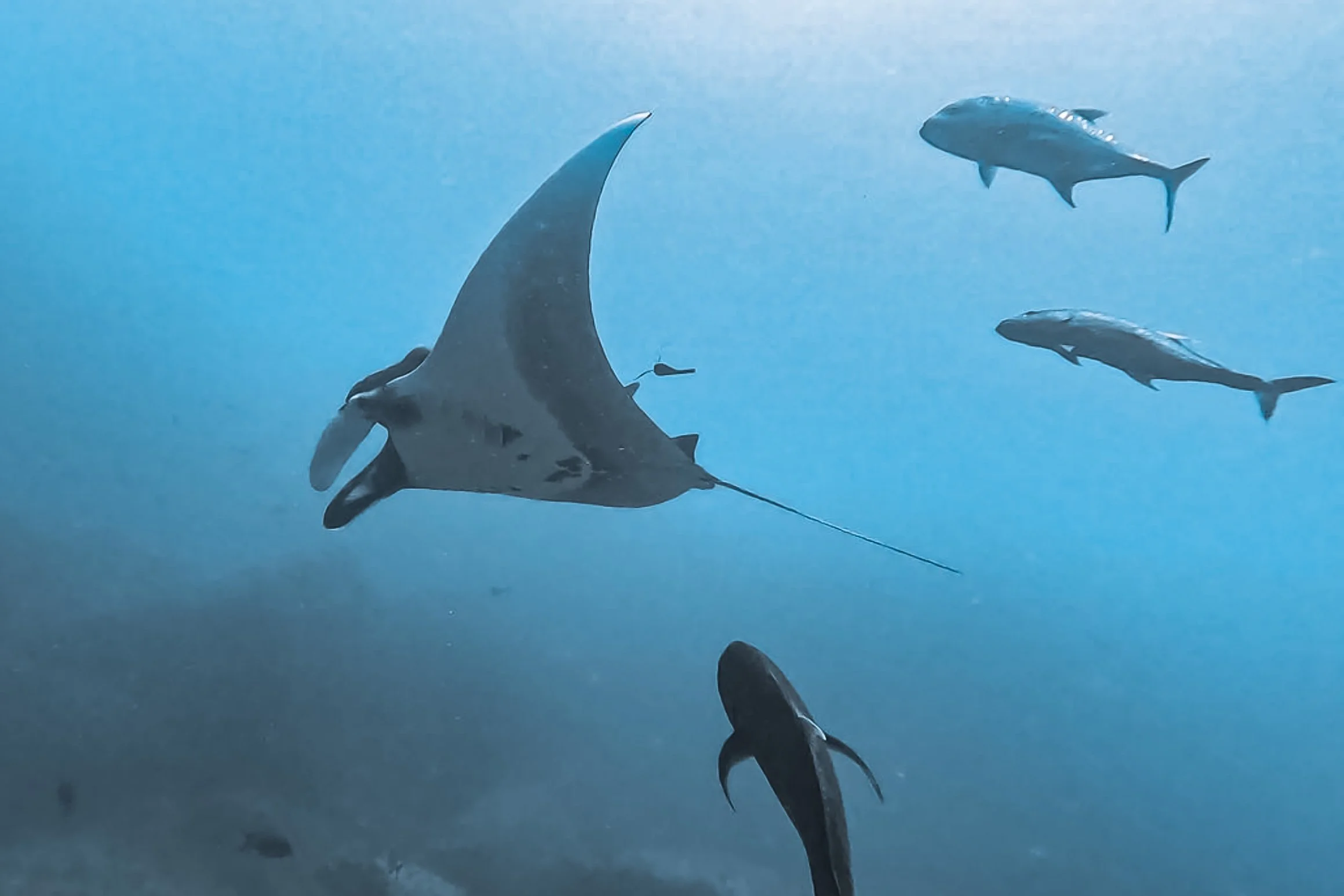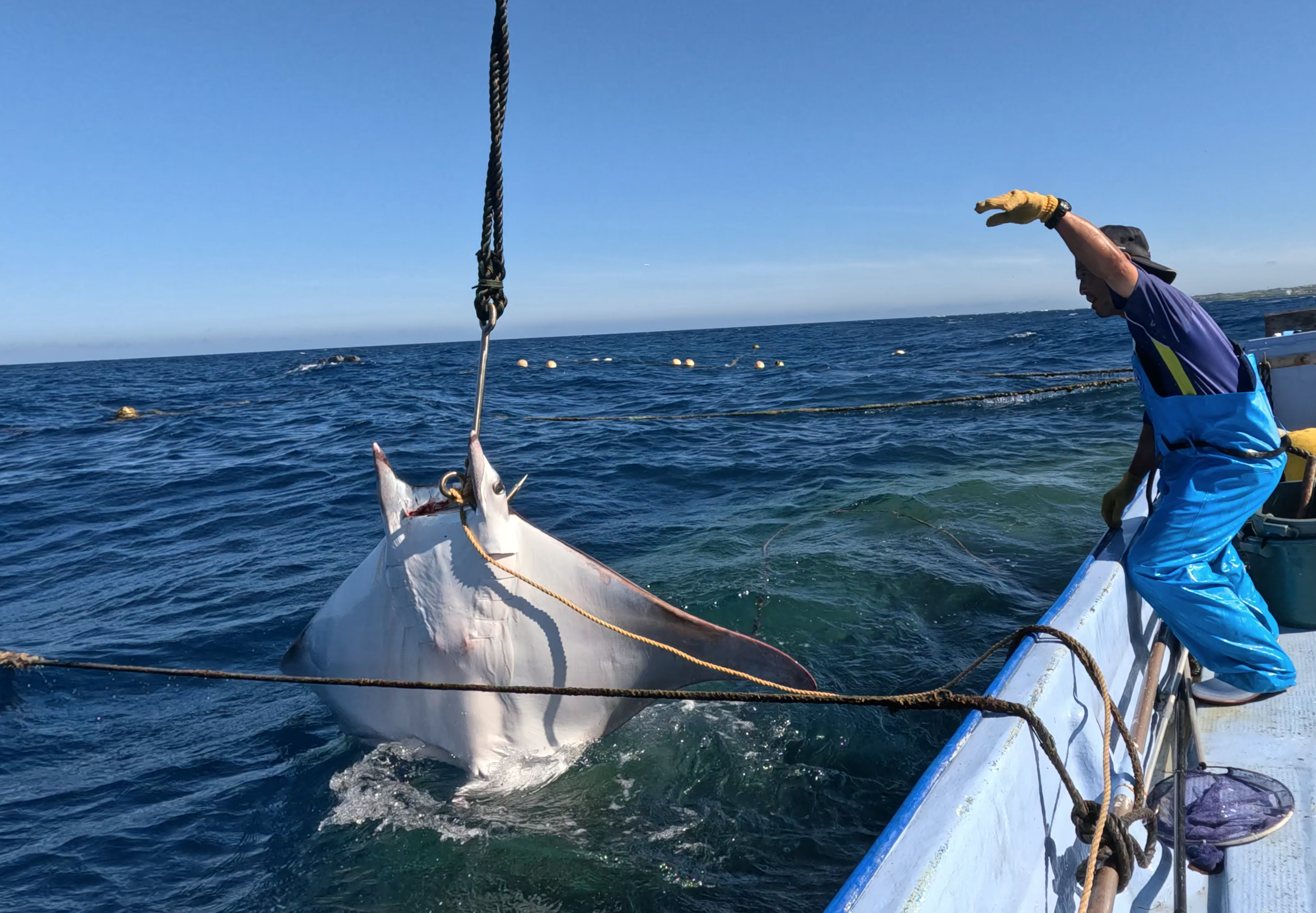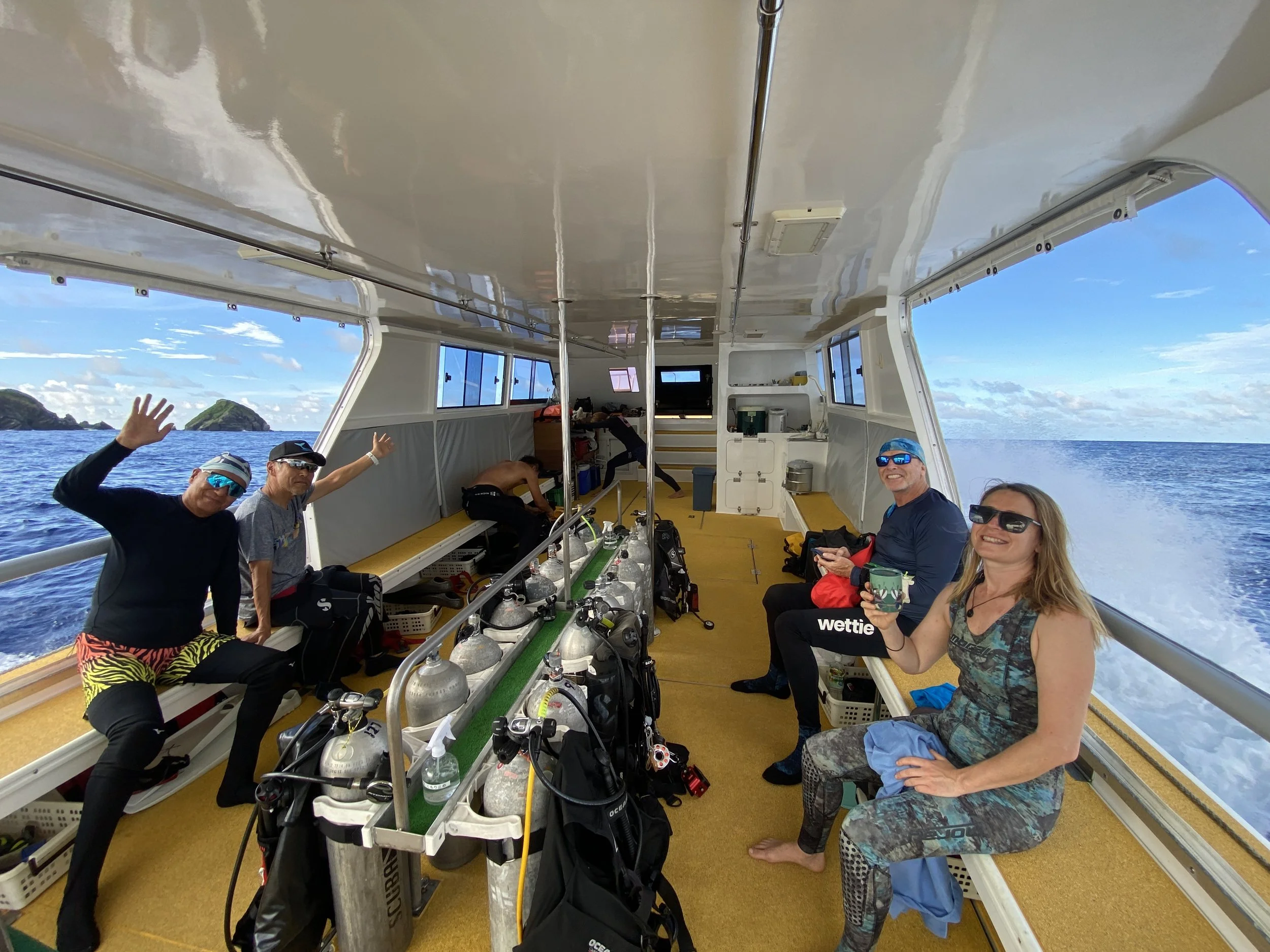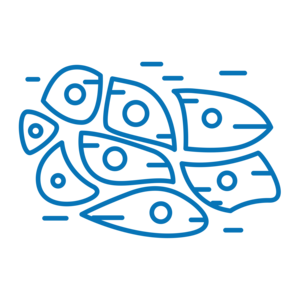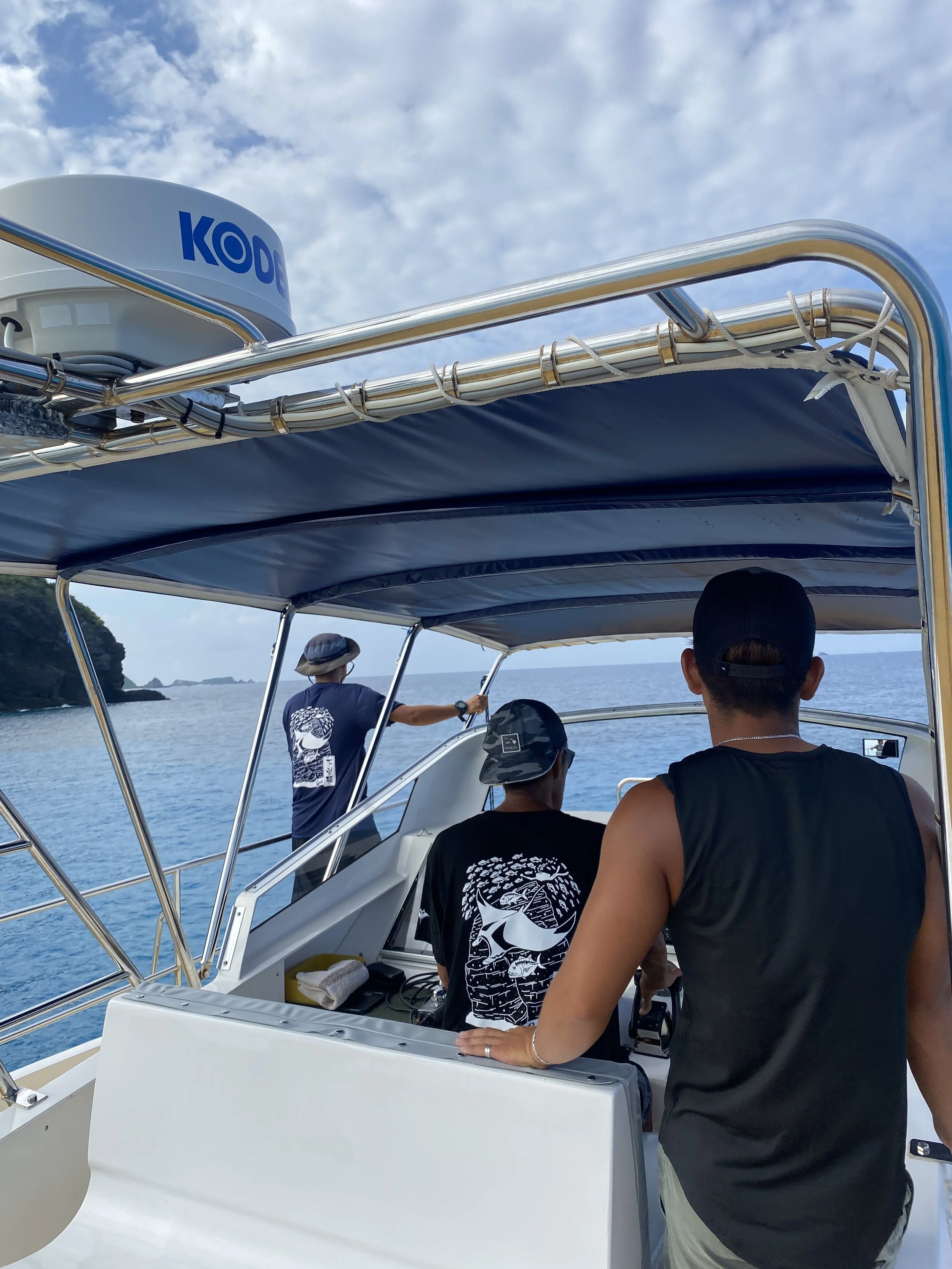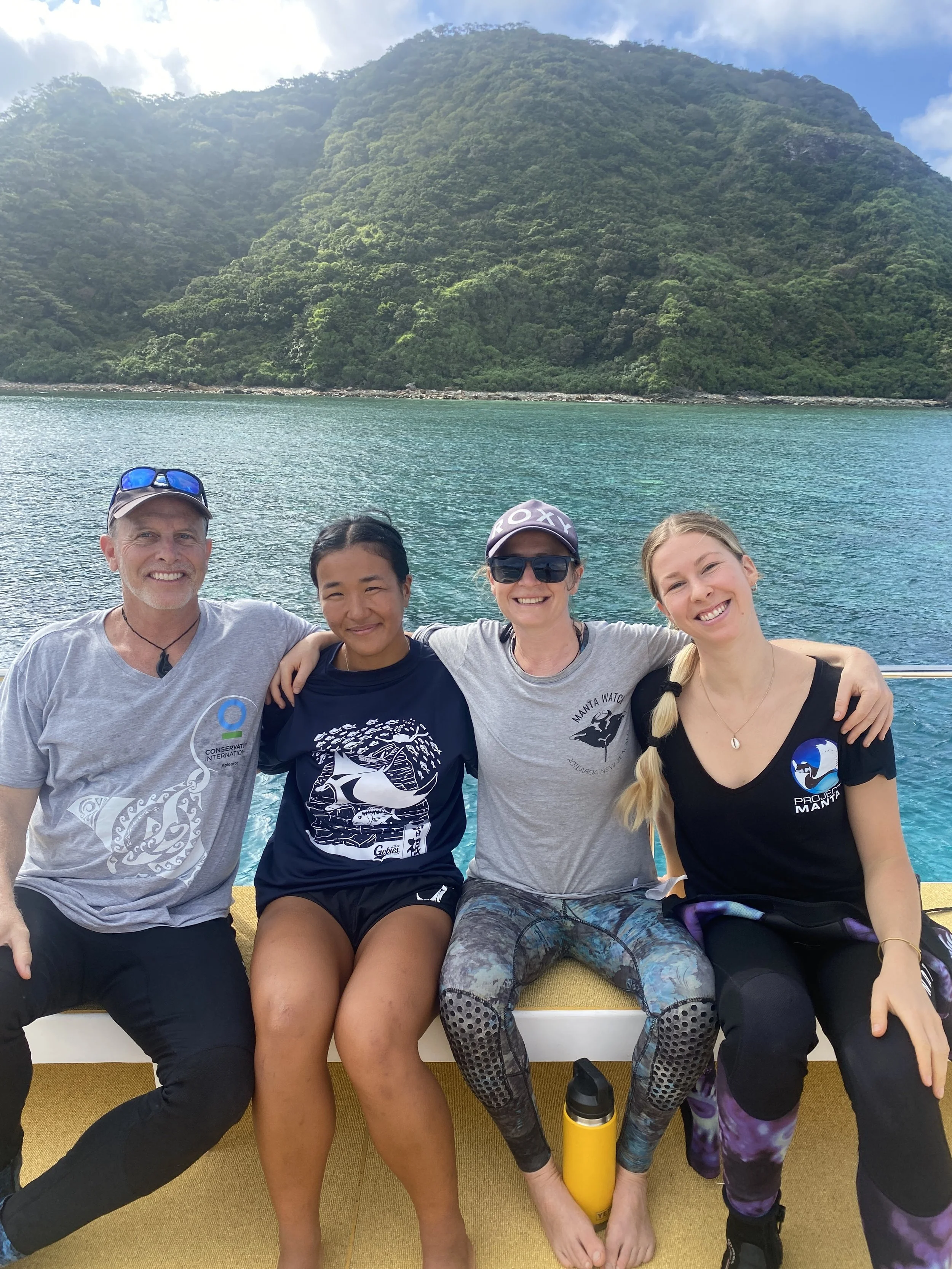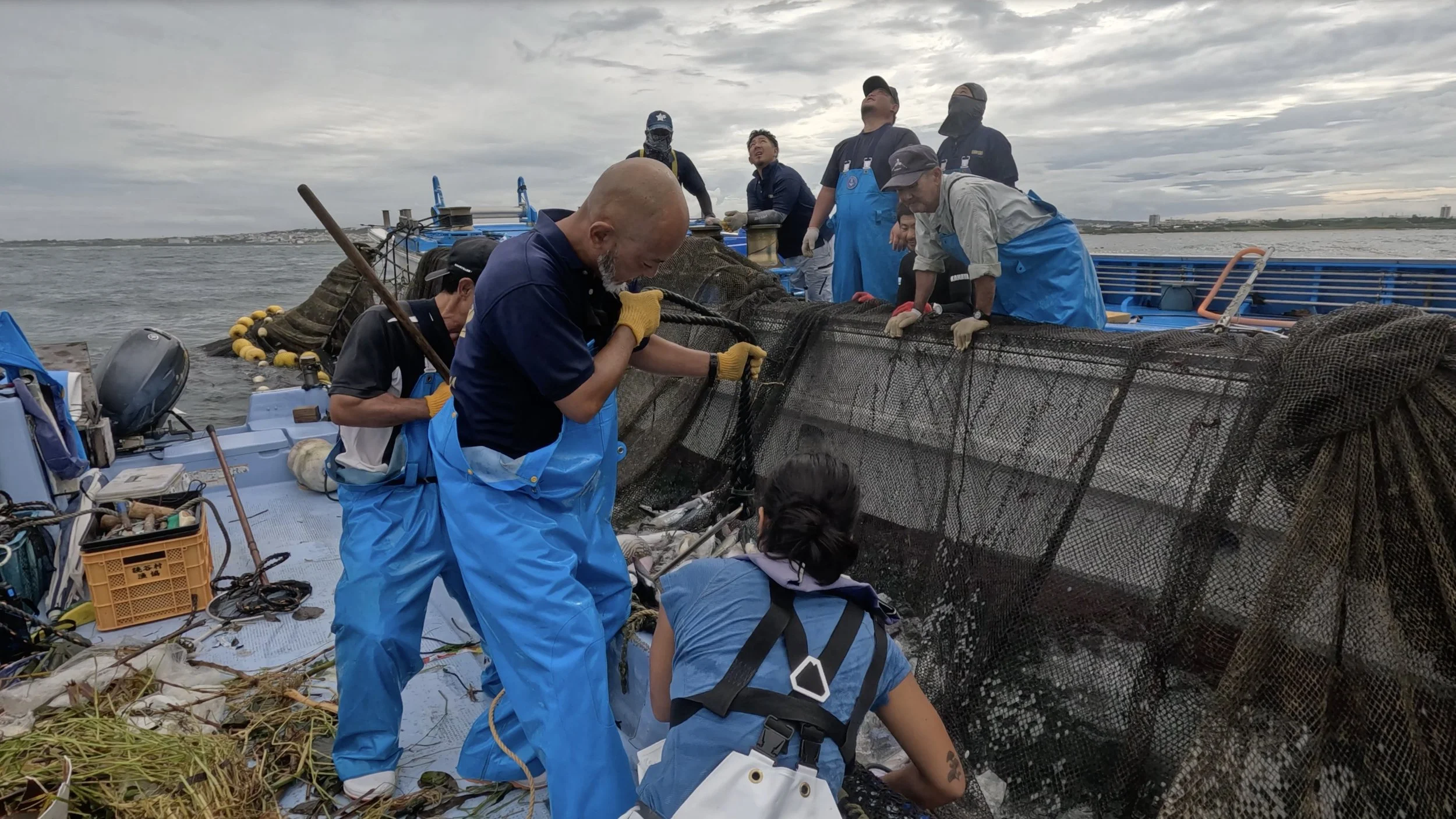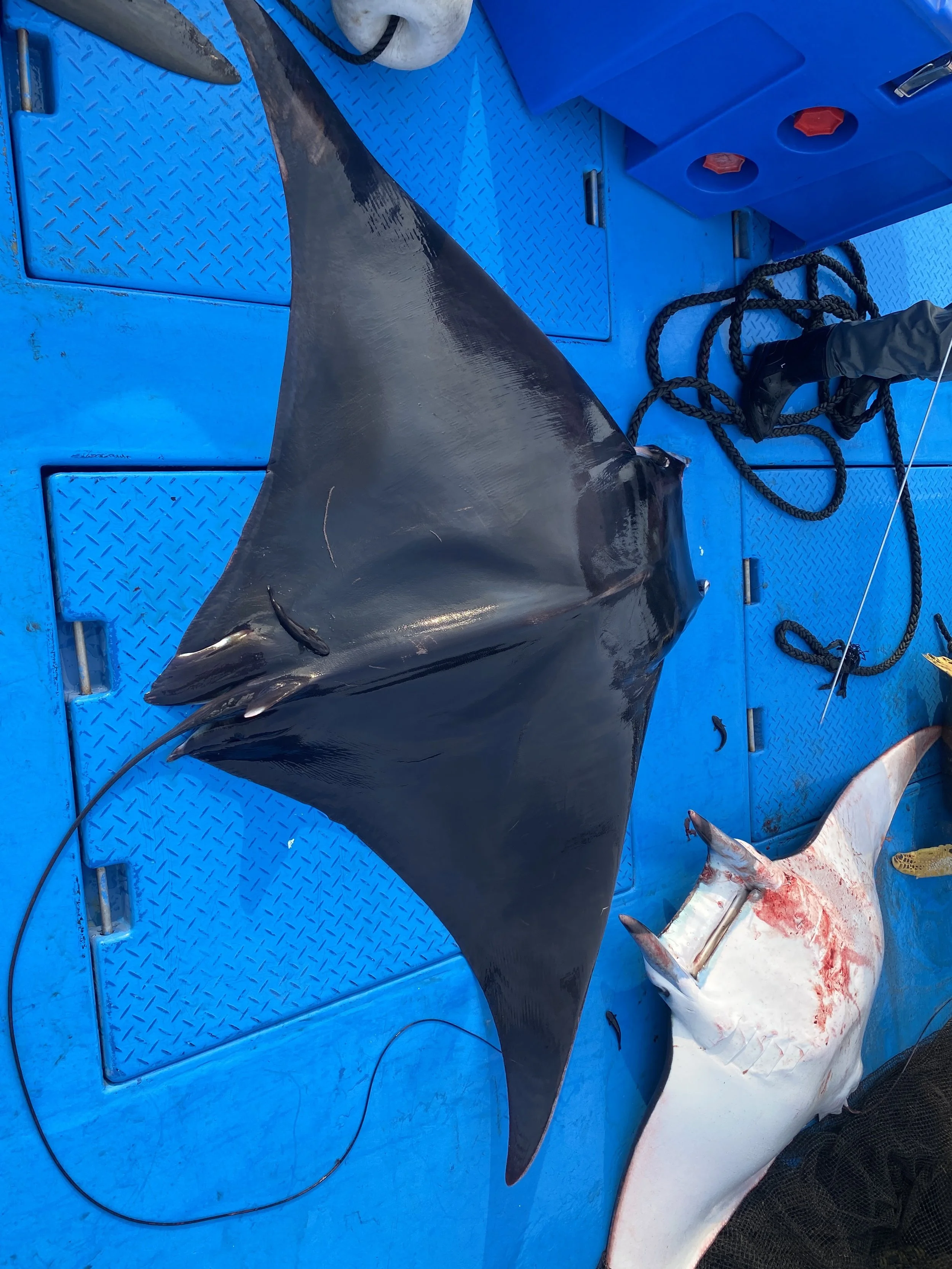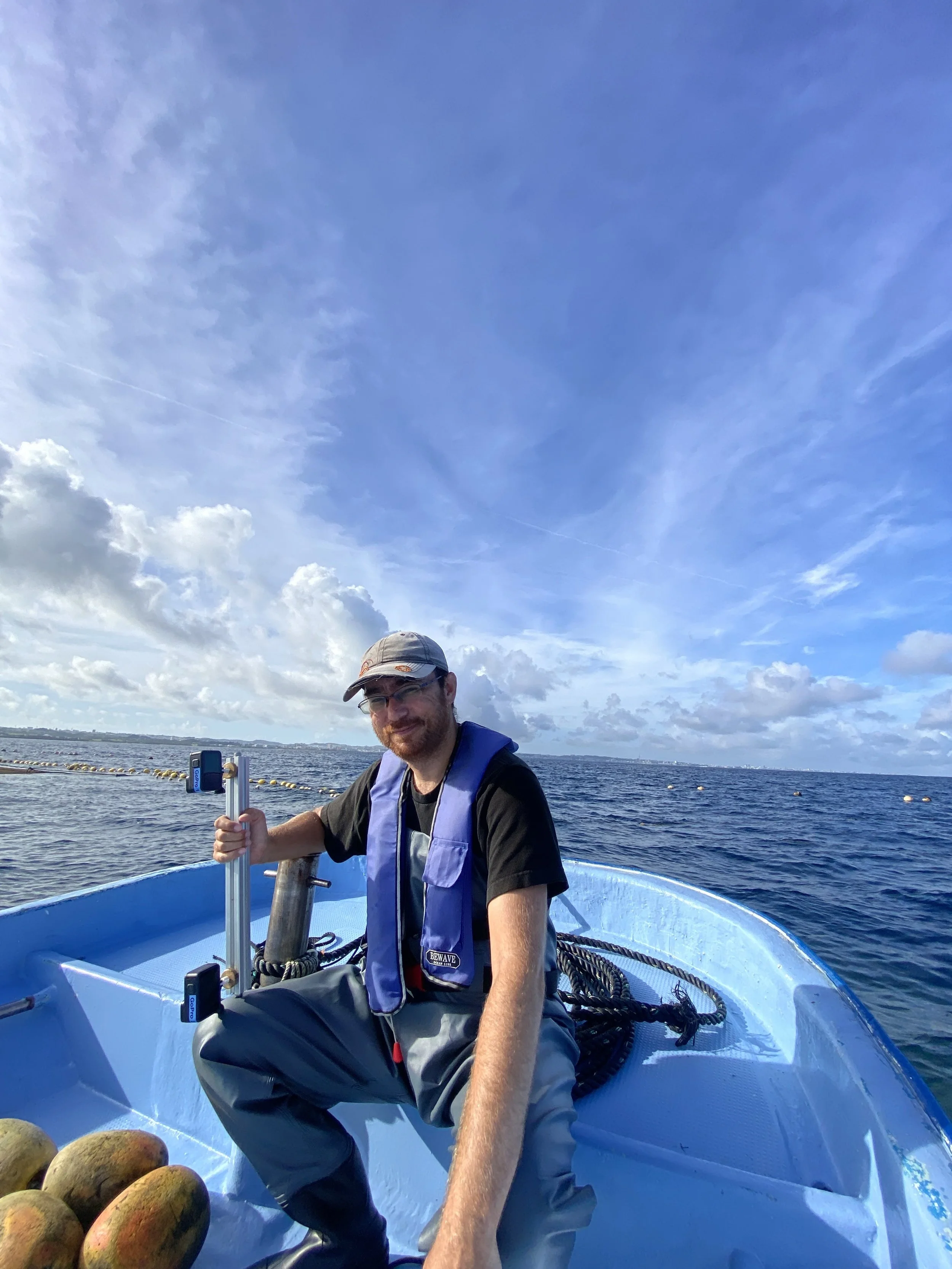
PROJECT OVERVIEW
The Japanese archipelago stretches across vast latitudes, incorporating a range of climatic zones and fostering high levels of biodiversity. The presence of manta rays in Japan has been reported for over 50 years, with the country home to the first photo-identification database, initiated by Takashi Ito in the mid-1970s. Despite this, research on the distribution, habitat use, and conservation status of manta and devil rays (collectively known as mobulids) remains limited. Studies on their distribution, breeding grounds, environmental drivers, and migratory patterns across Japan are still sparse.
The project will initially focus on the Ryūkyū Islands (Okinawa), a subtropical archipelago between Kyūshū and Taiwan, made up of approximately 160 islands known for high levels of marine diversity and endemism. While numerous snorkelling and dive operations are organised around mobulid (primarily manta ray) sightings and aggregations, research on mobulid rays remains limited in the region.
Human activities—particularly fisheries, coastal development, and tourism—pose significant threats to mobulid populations. Given Japan's strong fishing culture, the Japan Manta Project places a strong emphasis on collaboration with local fishing communities and stakeholders. The project will work closely with fishers to identify key areas of mobulid sightings and bycatch, focusing on increasing bycatch reporting, tissue sample collection, deploying survival tags on caught rays, and assessing current handling practices. The project will also continue building on the existing photo-identification database, encouraging citizen scientists to contribute data as well.
A key focus of the project is understanding the global connectivity of mobulid populations. Recent studies have shown high connectivity in Mobula birostris populations across the globe, while Mobula alfredi exhibits high site fidelity and genetic differentiation. However, Japan has yet to be included in global connectivity analyses. This project aims to address this knowledge gap by examining the genetic relationships and movement patterns of mobulids in Japan through genetic analysis, photo-ID databases, and satellite telemetry.
Through this research, the project aims advance the understanding of mobulid biology and ecology in Japan. Working closely with fishermen, indigenous groups, and other local stakeholders, we strive to ensure that conservation actions are informed by both scientific data and traditional knowledge.
PROJECT GOAL
To understand the population dynamics, distribution, habitat-use and threats to manta and devil rays in Japanese waters to inform local management strategies and contribute to broader conservation efforts.
MAIN OBJECTIVES
To achieve this goal, the Japan Manta Project works to meet the following objectives:
(1) Understand the movement ecology, distribution, and habitat use of manta and devil rays in Japanese waters using existing sightings data and the use of satellite telemetry;
(2) Examine the connectivity of manta ray populations across Japan and the wider Pacific to determine whether different regions host separate groups through the collection of tissue samples;
(3) Work closely with local fishermen to understand public perceptions of manta and devil rays, and collaborate on initiatives to improve handling practices and reduce bycatch;
(4) Encourage the diving community to take part in citizen science programs and follow Codes of Conduct to support sustainable manta tourism;
(5) Raise awareness and increase education around manta and devil rays through educational workshops and outreach initiatives.
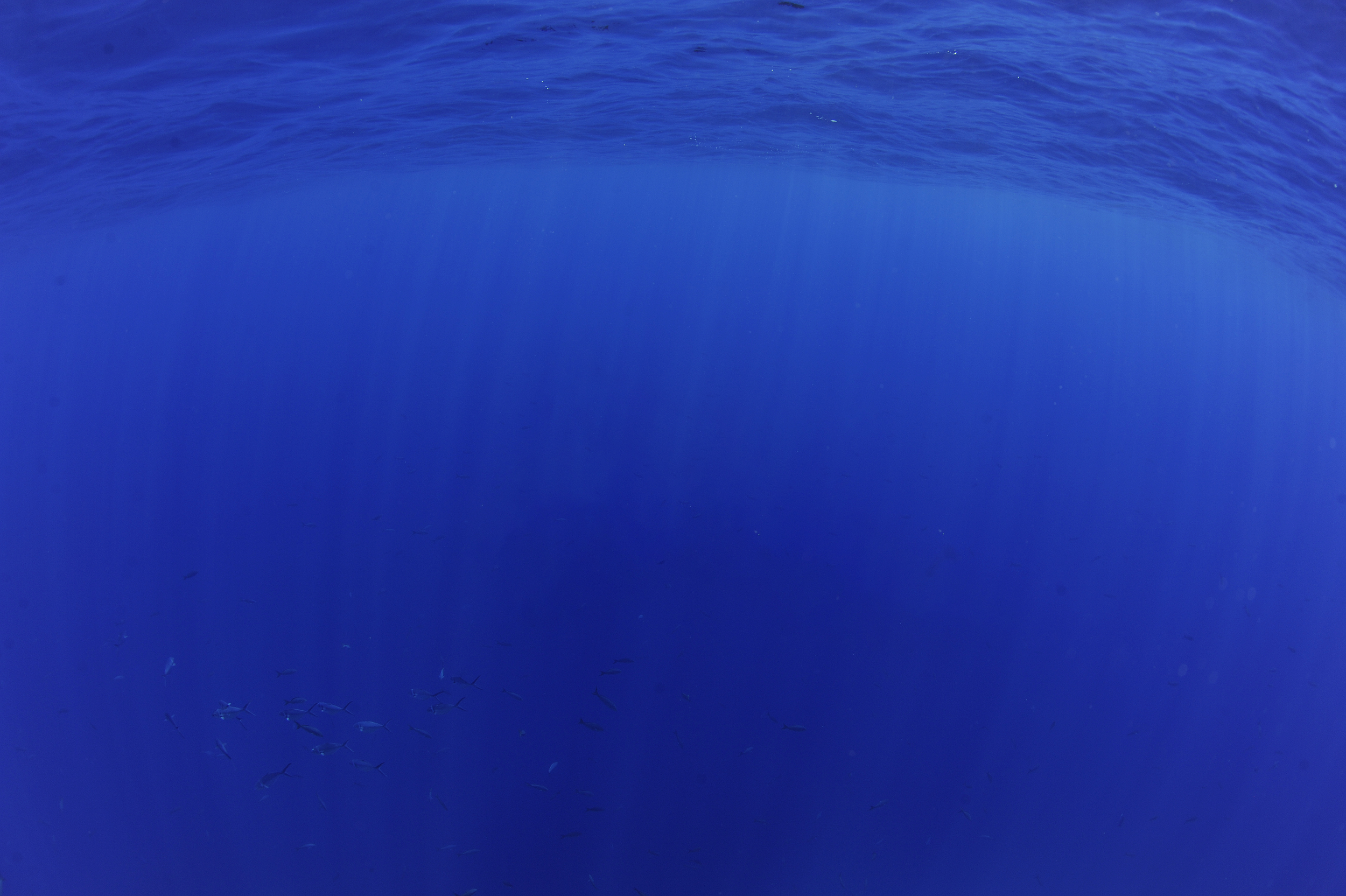
PROJECT LEADER - Rika Ozaki
Originally from Japan, Rika grew up in Aotearoa New Zealand. After earning her Master’s degree from the University of Auckland, she pursued a research internship in Okinawa, where she recognised the gap in research on mobulid rays in Japan. This led her to establish the Japan Manta Project, aiming to bridge science and conservation through a multidisciplinary approach, working closely with local communities and fisheries.

Key Achievements
Satellite tagged an oceanic manta ray (M. birostris) in the Kerama Islands – the first mobulid ray to be tagged in Japanese waters.
Collected tissue biopsy samples for genetic analysis to study population structure and assess connectivity between Japan and the wider Pacific.
Conducted presentations and lessons for primary to high school students in Okinawa.
Photos from the field



